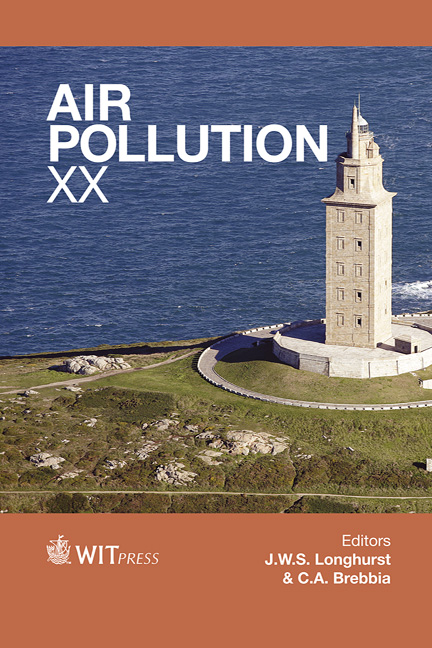Air Pollution Reduction Measures In The Sydney GMR Using Marginal Abatement Cost Curves
Price
Free (open access)
Transaction
Volume
157
Pages
11
Page Range
423 - 433
Published
2012
Size
483 kb
Paper DOI
10.2495/AIR120371
Copyright
WIT Press
Author(s)
M. Davies, B. Kearney & A. Morison
Abstract
New South Wales, Australia (NSW) is committed to achieving air quality goals set in 1998 by the National Environment Protection Measure (Ambient Air Quality). The Office of Environment and Heritage (OEH) has estimated that a 25% reduction in anthropogenic emissions of volatile organic compounds (VOC) and oxides of nitrogen (NOX) from 2003 levels is required to meet ozone goals in Sydney. The OEH engaged Sinclair Knight Merz (SKM) to identify and analyse emission abatement initiatives across the Greater Metropolitan Region (GMR). SKM developed a Marginal Abatement Cost Curve (MACC) model to assess the economic, environmental and social impacts as well as technical feasibility of each identified initiative. The curves identify potential sets of strategies that could be applied to achieve target emission reductions at the least estimated cost, and provide a guide to prioritising potential actions for further investigation. Prior to implementation, further full analysis of potential actions is required to determine the actual costs and emission abatement potential. Key components of the study included: a methodology for developing MACCs for measures to reduce anthropogenic NOX, VOCs and PM10 emissions in the GMR; a list of identified emission abatement initiatives; assessment of each initiative to determine important costing information and emissions abatement likely to be achieved by each initiative; cost curves for NOX, VOCs and PM10; and optimisation of the curves, considering the multipollutant framework of emissions abatement.
Keywords
cost curve, air management





